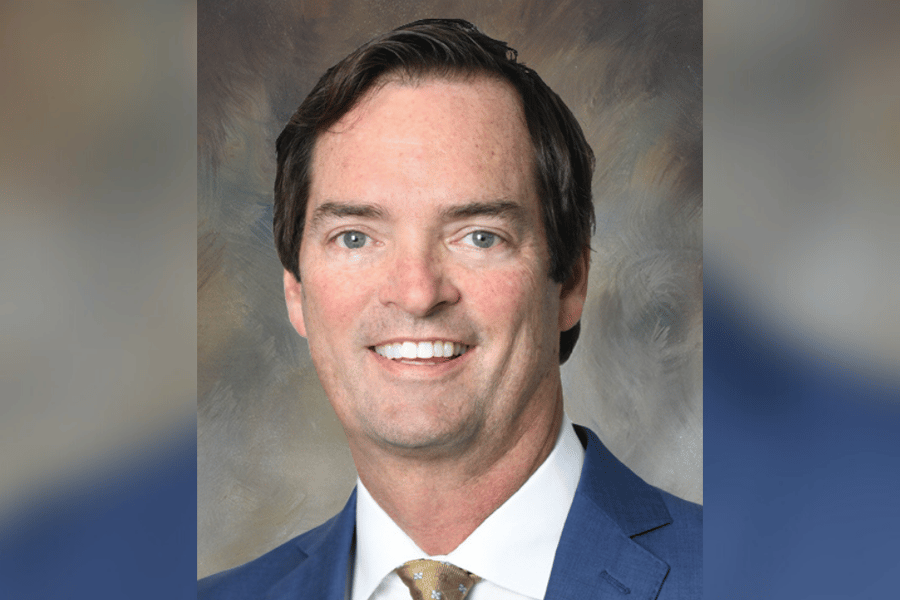As originators and lenders still struggle to make these limits make sense, one non-QM lender is able to slice through all the noise

In the month and a half since the GSEs announced a 7% cap on purchases of second home and investment property loans confusion still persists in the mortgage marketplace. We’ve seen somewhat uneven policy rollouts between Fannie Mae and Freddie Mac, as well as mixed messaging on the timeframe of this limit and how these rules will be enforced. It’s a kind of big-picture limit that mortgage professionals aren’t used to, coming at a time when many are looking at these non-owner-occupied channels to fill out pipeline volume as refinances tail off. Answers remain unclear and only a few players are positioned to cut through the confusion.
One of those players is Angel Oak Mortgage Solutions. A non-QM lender with a direct tie to private capital, Angel Oak is the sort of industry player that FHFA director Mark Calabria wants to fill the gap being left by the GSEs. Tom Hutchens (pictured), executive VP of production at Angel Oak, explained some of the sources of confusion still in the marketplace, what mortgage professionals need to do now, and how making the switch from government backed loans to private capital will impact their bottom line.
“There are lots of challenges in the mortgage space as rates continue to rise and the refi boom is waning a bit,” Hutchens said. “There’s margin compression and, when you factor in these limitations on specific products, there’s a lot to manage right now in the origination world. We’ve witnessed that directly as our broker partners have viewed Angel Oak as a terrific outlet to manage their non-owner-occupied production. In the last 45 days we’ve seen our non-owner-occupied volume nearly triple.”
Hutchens explained this growth as the result of persistent questions among originators around how these limits will be measured and enforced. While uncertainties persist, many are looking to non-QM lenders like Angel Oak for solutions now to get ahead of the curve.
The decision to impose these limits, according to Hutchens and others, is the result of a philosophy at the FHFA that private capital, not the government, should be funding mortgages for properties that aren’t primary residences. As a non-QM lender directly tied to capital markets, that puts Angel Oak in a position to help fill that void, with a product set capable of meeting most borrowers’ needs.
Read more: 10 biggest wholesale lenders in 2021
In shifting from government-backed loans to private capital, Hutchens explained that the cost of these loans will go up. The scale and nature of a government backing will keep prices down in a way that private players can’t. However, he noted that private capital is able to exercise risk-based pricing and, as these limits force low-risk lenders to seek private solutions, the prices for their loans should remain relatively low, especially as rates remain low by historical standards.
Hutchens emphasized that while mortgage professionals and borrowers are still struggling with these limits and facing any confusion that accompanies them, they can look to Angel Oak for guidance and answers because this is exactly what the non-QM lender does.
“This goes back to the private capital we bring to the market,” Hutchens said. “This is what we’ve been doing for over eight years. We have the capital, we have the asset managers, we have the engine to power the securitizations. We have the whole process in place so it’s really just a plug and play for any originator.”



